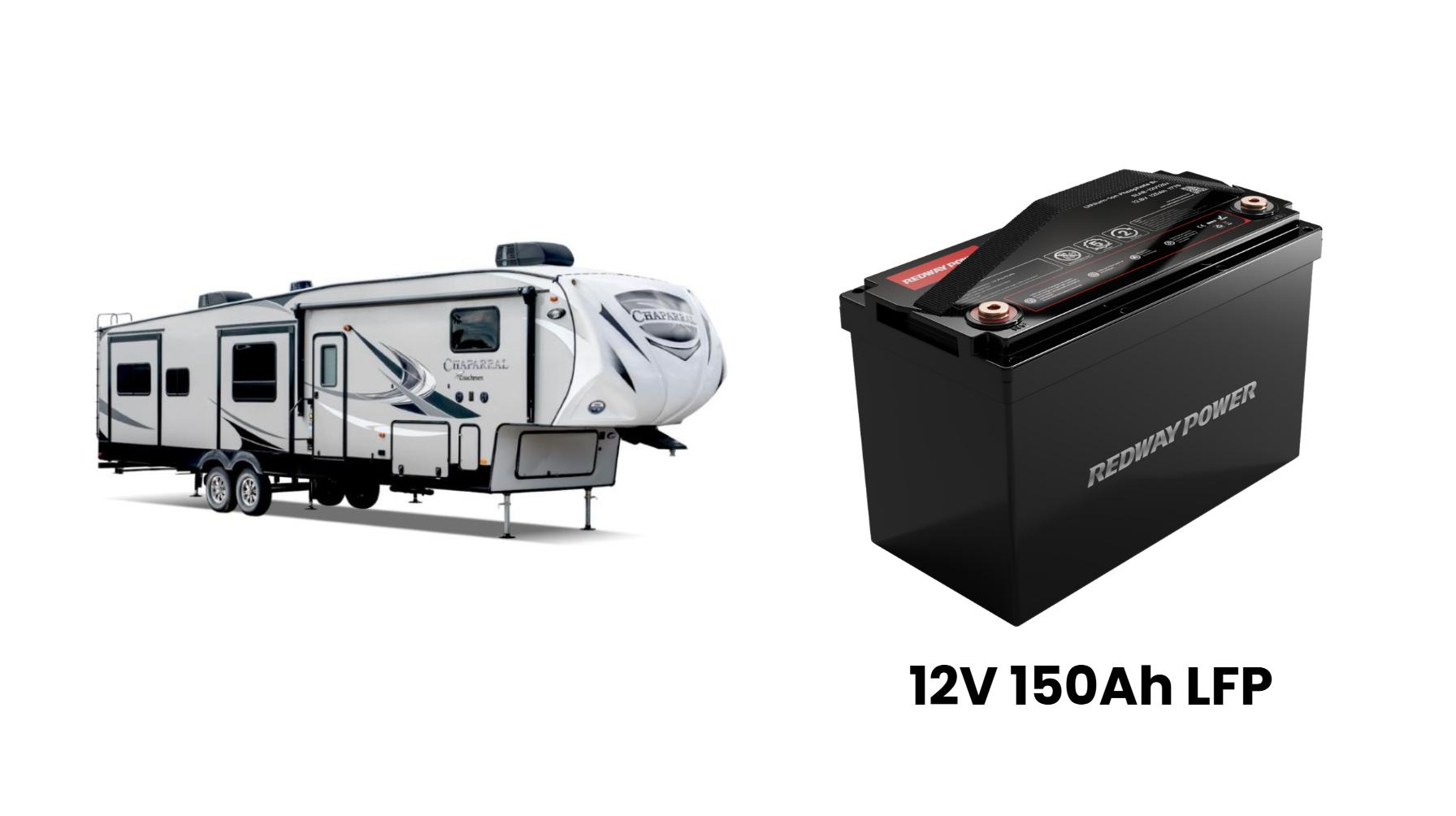What advantages do power storage wall batteries offer for home energy systems?
1. Enhanced Energy Independence
Power storage wall batteries allow homeowners to store energy generated from renewable sources, such as solar panels. This stored energy can be used during periods of low generation, reducing reliance on the grid. By harnessing renewable energy, homeowners can achieve greater energy independence and stability.
2. Cost Savings on Energy Bills
By utilizing stored energy during peak hours when electricity rates are highest, homeowners can significantly reduce their energy bills. This capability allows for more strategic energy usage, enabling families to avoid high tariffs and take advantage of lower rates during off-peak times.
3. Increased Resilience During Outages
Power storage wall batteries provide a reliable backup power source during grid outages. This ensures that essential appliances, such as refrigerators, lights, and heating systems, continue to operate, enhancing home resilience against unexpected disruptions.
4. Seamless Integration with Renewable Energy Sources
These batteries can be easily integrated with solar power systems, allowing for effective energy management. Homeowners can store excess solar energy generated during the day for use at night, maximizing the utility of their renewable energy systems.
5. Environmental Benefits
Utilizing power storage wall batteries contributes to reduced carbon footprints. By storing and using renewable energy, homeowners can decrease their dependence on fossil fuels, thus playing a part in mitigating climate change and promoting a more sustainable future.
6. Space Efficiency and Aesthetic Appeal
Power storage wall batteries are designed to be compact and unobtrusive. Their wall-mounted nature saves floor space, making them ideal for homes with limited room. Additionally, modern designs ensure that these batteries can blend seamlessly into home environments without compromising aesthetics.
7. Smart Energy Management
Many power storage wall batteries come equipped with smart technology, enabling users to monitor energy usage and manage storage effectively through mobile apps. This connectivity allows for real-time insights, empowering homeowners to make informed decisions about their energy consumption.
8. Long Lifespan and Low Maintenance
LiFePO4 batteries, commonly used in power storage systems, offer long lifespans and require minimal maintenance compared to traditional lead-acid batteries. This durability translates into lower long-term costs and less frequent replacement.
9. Scalability for Future Needs
As energy demands increase, power storage wall batteries can be scaled to meet the growing needs of a household. This adaptability ensures that homeowners can easily expand their energy storage capacity without needing to overhaul existing systems.
10. Government Incentives and Rebates
Many regions offer incentives for installing energy storage systems, making them more affordable for homeowners. These financial incentives can significantly offset the initial investment, making power storage wall batteries an attractive option for many.
Conclusion
Power storage wall batteries represent a significant advancement in home energy systems, offering enhanced energy independence, cost savings, resilience, and sustainability. As technology continues to evolve, these systems will undoubtedly play a crucial role in the transition to a more sustainable and efficient energy future.
FAQs
How does the Tesla Powerwall minimize electricity consumption from the grid?
The Tesla Powerwall minimizes grid electricity consumption by storing excess solar energy generated during the day for use at night or during peak demand times. In “Self-Powered” mode, it prioritizes using stored energy, reducing reliance on the grid and optimizing energy usage based on real-time consumption patterns.Can power storage wall batteries help reduce my electricity bills significantly?
Yes, power storage wall batteries can significantly reduce electricity bills by allowing homeowners to store solar energy for later use, especially during peak pricing periods. By using stored energy instead of purchasing electricity from the grid when rates are high, users can lower their overall energy costs.What are the benefits of using a Tesla Powerwall during winter months?
During winter months, the Tesla Powerwall provides reliable backup power during outages, especially when solar generation may be reduced. It also features a “Preconditioning” function that ensures optimal performance in cold temperatures, allowing for efficient charging and discharging even in low temperatures.How does the Tesla Powerwall ensure continuous power supply during outages?
The Tesla Powerwall ensures continuous power supply during outages through its automatic switch-over feature. It detects power loss and activates within seconds to provide backup power to essential circuits in your home, seamlessly transitioning from grid to battery power without user intervention.What are the advantages of using a Tesla Powerwall for larger households?
For larger households, the Tesla Powerwall offers substantial benefits such as increased energy storage capacity (up to 13.5 kWh), enabling more appliances to run simultaneously during outages. Its ability to integrate with solar systems allows for greater energy independence and cost savings, making it ideal for homes with higher energy demands.

